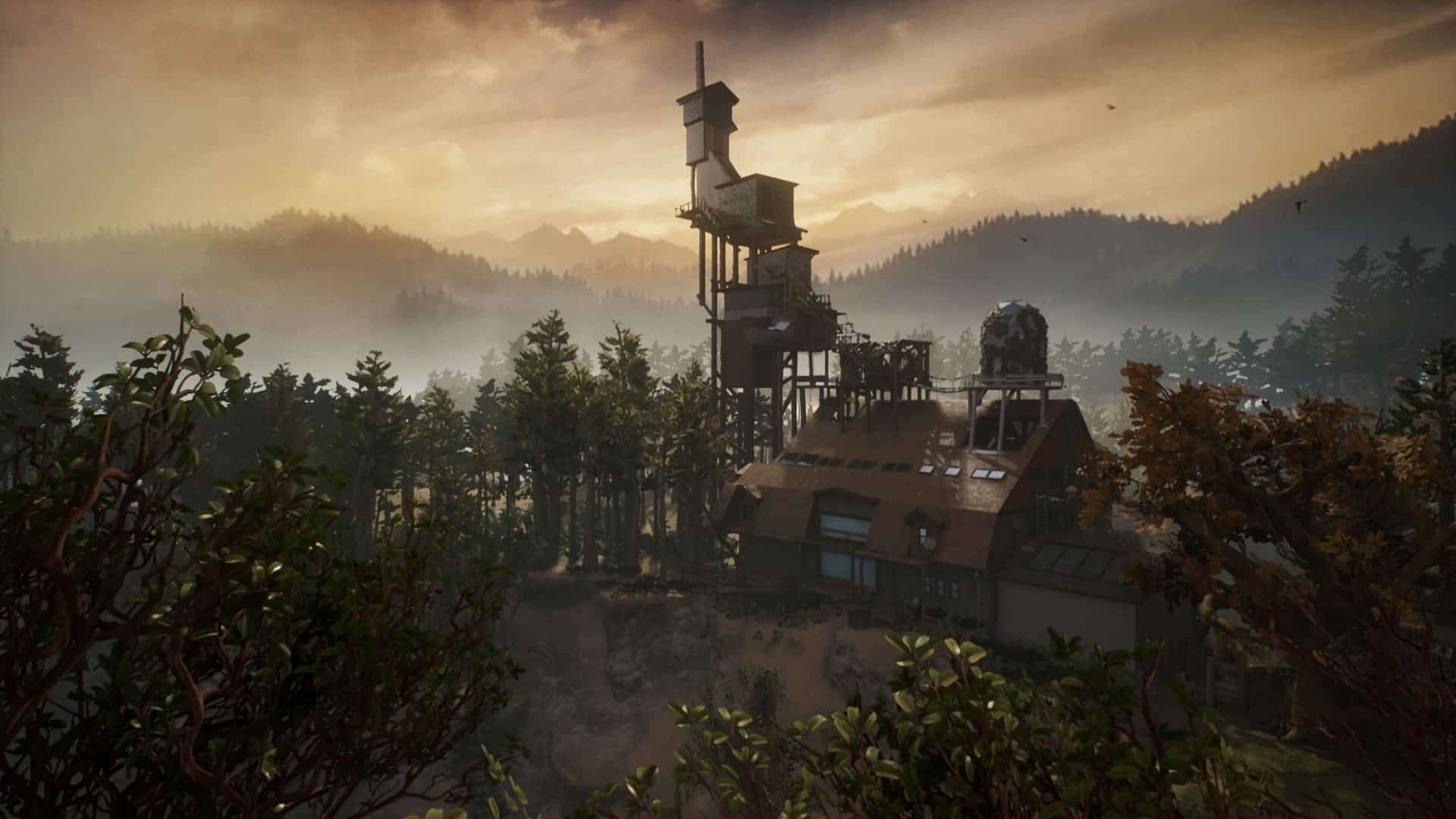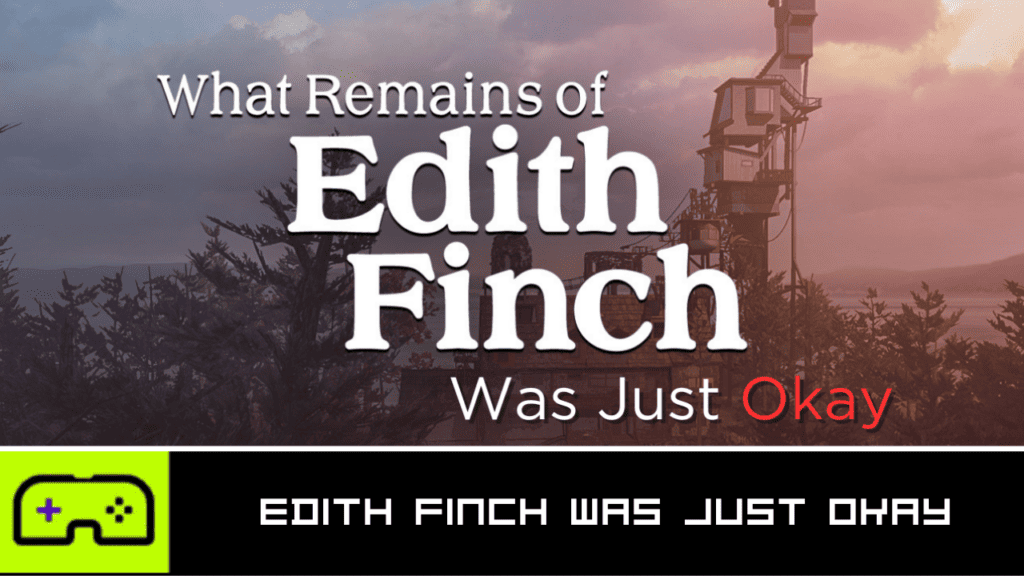Replaying games is a risky business and one that I have rarely partaken in over the years. Mostly because of the overwhelming number of new releases I need to keep up with, but also because it’s been a cardinal rule of mine for a very long time.
Unless it’s a sandbox game with no ending, a game with a super-addictive gameplay loop, or something that provides enough nostalgia to make the risk worthwhile, I don’t want to know.
However, this year, I’ve had a change of heart. I’m trying to play games not because I have to, or because I want to milk them for platinum trophies.
I’m playing them for fun. I know, a mad concept, but I thought it was worth a try. And in doing this, I have returned to some games in the hope of rekindling a flame and finding enjoyment where I once only found obligation.
It’s been a mixed bag, to say the least. I returned to Bioshock Infinite and shattered my rose-tinted glasses as I uncovered all those flaws that Ken Levine hated about his own game. But on the flip side, I found a new indie champion in Hollow Knight, perhaps the first Metroidvania I would go as far as to say I love.
However, just as you should never meet your heroes, you should never replay games you love, because you run the risk of discovering that this love was misplaced, and that’s what happened when I replayed What Remains of Edith Finch. I think it’s time to admit that it’s not a masterpiece; it’s just okay.
Tech Demo Patchwork
Upon returning to this game, I knew going in that storytelling is this game’s strongpoint, and my memory had led me to believe that the gameplay played a vital role in making these moments within the game so compelling.
However, upon returning to the game, it didn’t take long before I realized that the narrator in my head was as false as the one telling this game’s story. I realized that this game is made up of a series of rather janky vertical slices patchworked together to form a gripping story, which sometimes works, and sometimes falls flat.

It’s kind of like a sketch show, where the top-tier sketches leave a lasting impression and keep people invested, but the filler content evokes little to no emotion, as you find yourself fighting the urge to change the channel.
There are obvious high points in terms of the gameplay, with Lewis Finch’s Scene or the Bathtub Scene standing out as probably the most powerful of the bunch, but even when we break these down for parts and simply look at moment-to-moment gameplay, there’s not a lot of substance there. In pretty much every single Finch Story, there is clear and obvious jank that threatens to take you out of things if you aren’t super invested.
It feels like the game is made up of a series of loose concepts from budding game developers. Ideas that were left on the cutting room floor of other projects and then re-purposed here. In some cases to good affect, and then less do for others.
Which then leads me to question why the game kicks things off with the weakest scenes first, with the awkward and bumbling animal morphing scene being the biggest offender of them all in terms of pure jank.

I can’t deny that the stories they weave around the gameplay sections tend to be very strong, minus a few, but all in all, in a genre where varied gameplay is often seen as optional, and all you have to do is not get it wrong, Edith Finch hits as many homerun’s as it does foul balls.
A Game That Lives Off Moments
So, let’s talk about the story, because at the end of the day, that’s where a walking simulator is meant to excel, and up until recently, I thought that Edith Finch was a prime example of that.

However, upon returning to the game, I realize now that this game does something that most walking simulators don’t have to do due to their meticulously crafted environments and well-paced narrative. Edith Finch dines out on individual moments, which, in a vacuum, offer solemn and heartbreaking snippets detailing the demise of the family.
However, in the moments between, in terms of the world-building, the family lineage, the curse that damns them all, and the aftermath within the present day, the game fails to build on these moments and offer a cohesive story.
This is best exemplified through the ending, and spoilers if you don’t want to know!
The ending reveals that this whole time, you have, in fact, not being retreading ground as Edith Finch, but rather playing as her child as they go back to the abandoned home to discover what remains of the family, and effectively showcases that the curse did indeed take down everyone that ever lived in that home.

I’m not about to go all Poindexter with this and say I saw this coming a mile off, as the false narrator approach is effective enough to shroud the truth until the end. My problem was that, I just didn’t care all that much.
The game spent so much time telling me about these larger-than-life and extreme personalities within the home and spent no time endearing me to Edith as a character. So, in the end, when the twist happened, it washed over me, leaving me with a pretty hollow feeling and wanting of an ending that offered closure for all the actual important characters in the narrative.
There wasn’t enough focus on the curse, or the aftereffects of these events. It felt like every moment was hand-designed to offer a fleeting moment of sadness, but without this cohesion and an attempt to snap the pieces of the puzzle in place to create a full image, it just means that these moments all live on an island on their own.
Into The Funnel
Another problem I retrospectively had with this one is that the game funnels you through the game without ever giving the player any agency, or room to explore and discover. This is something that just doesn’t happen in a good Walking Simulator game anymore, and I say anymore because Dear Esther does exactly this, but in its defense, it was the first of its kind, so it gets a pass.

By the time Edith Finch rolled around, there were games like Gone Home, that succeeded by offering players an endless stream of little details and oddities to pick up, read, interact with, and slowly decipher the untold stories with, and Firewatch offered players a National Park that was just a joy to exist in, so much so that there is a free-roam mode for that very reason.
However, playing Edith Finch always felt like the developer’s hand was on my back, pushing me along to the next thing, and quite frankly, even if that wasn’t the case, there aren’t many environmental or interactive oddities that further explain the story to uncover anyway.
Edith Finch doesn’t so much immerse you in the story as it does bash you over the head with in at regular intervals until one of the scenes makes you feel something, and the hope is that, if one resonates with you in some capacity, then that will help create an opinion in your mind that this game is great. And, to its credit, this worked on me the first time around.
Don’t Meet Your Heroes, Kids!
I could dig a little deeper into the technical aspects that irked me upon replaying, such as the clunky UI as you traverse the home, the self-indulgent reference to The Unfinished Swan, or the textures that feel a little bit underwhelming when I remembered this was released in 2017, two years after Everybody’s Gone to the Rapture, which by comparison is graphically leaps and bounds ahead, but in truth, this wasn’t what made this one an underwhelming replay, it just didn’t help.
In the end, Edith Finch is a game that I now realize is an emotional battering ram in gaming form, using a series of different blunt objects in terms of gaming mechanics to evoke a strong response, and in turn, make the game memorable, and I suppose, even now, it works.
I’ll never forget the cannery scene, as many of you won’t either, and nor should you, as it was a little moment of genius. But having taken my rose-tinted glasses off, I can now say that when you put all the pieces together, Edith Finch is just okay, and I’ll die on this hill.
As always, thanks for reading Indie Game Culture.
- Best Beginner Hades 2 Keepsakes - May 13, 2024
- 15 Beginner Tips For Hades 2 Newbies - May 9, 2024
- What’s New In Hades 2? - May 8, 2024

